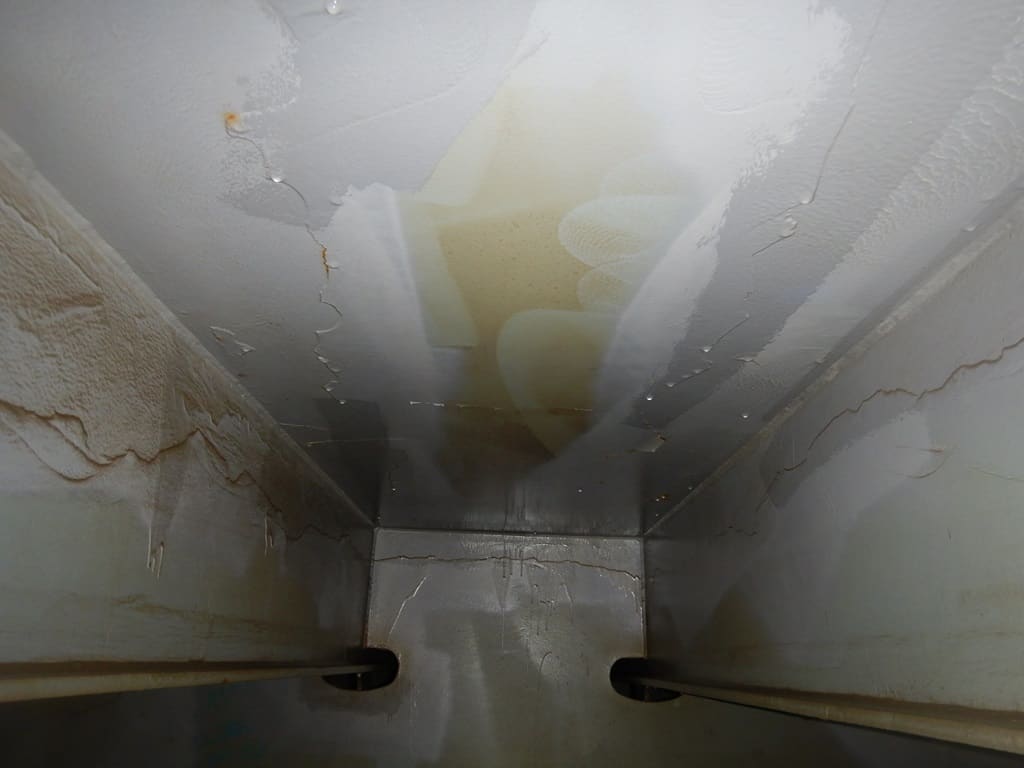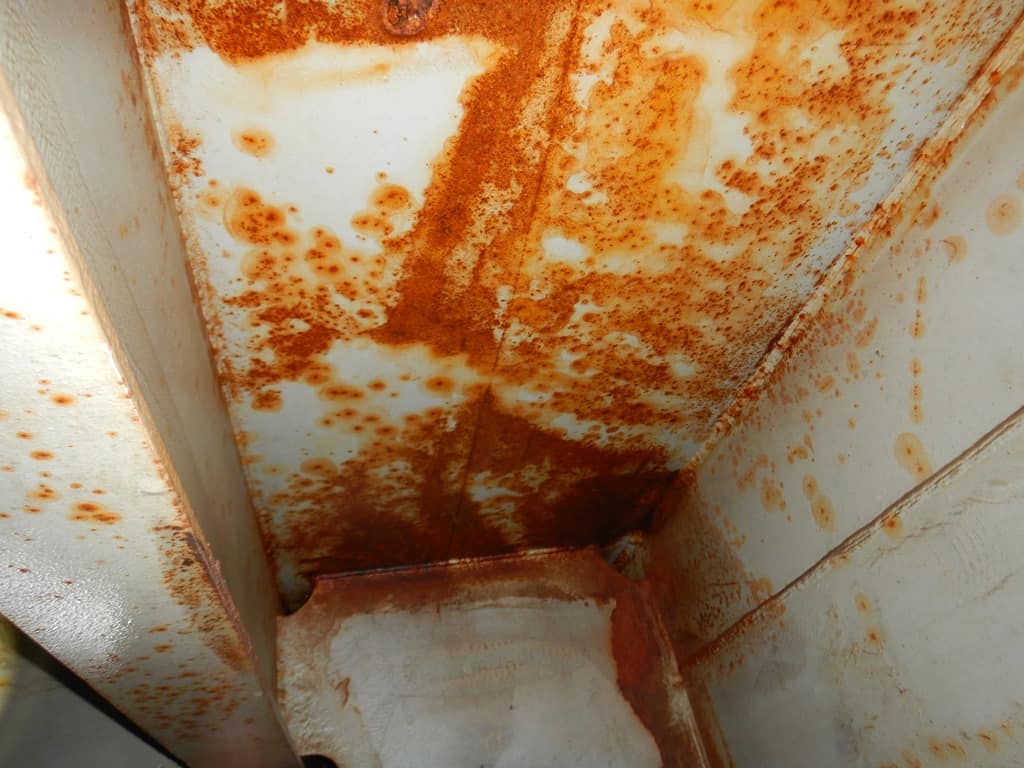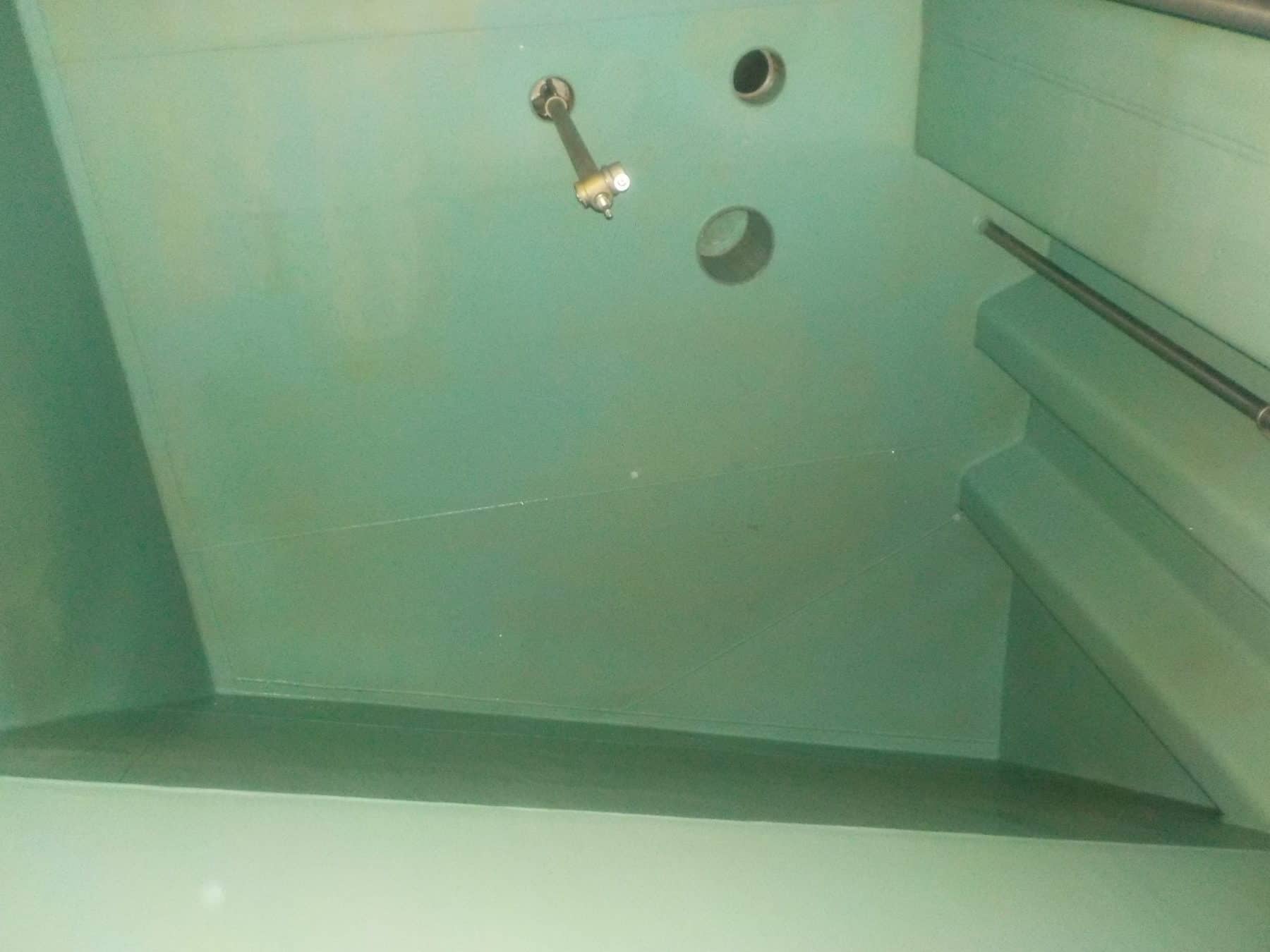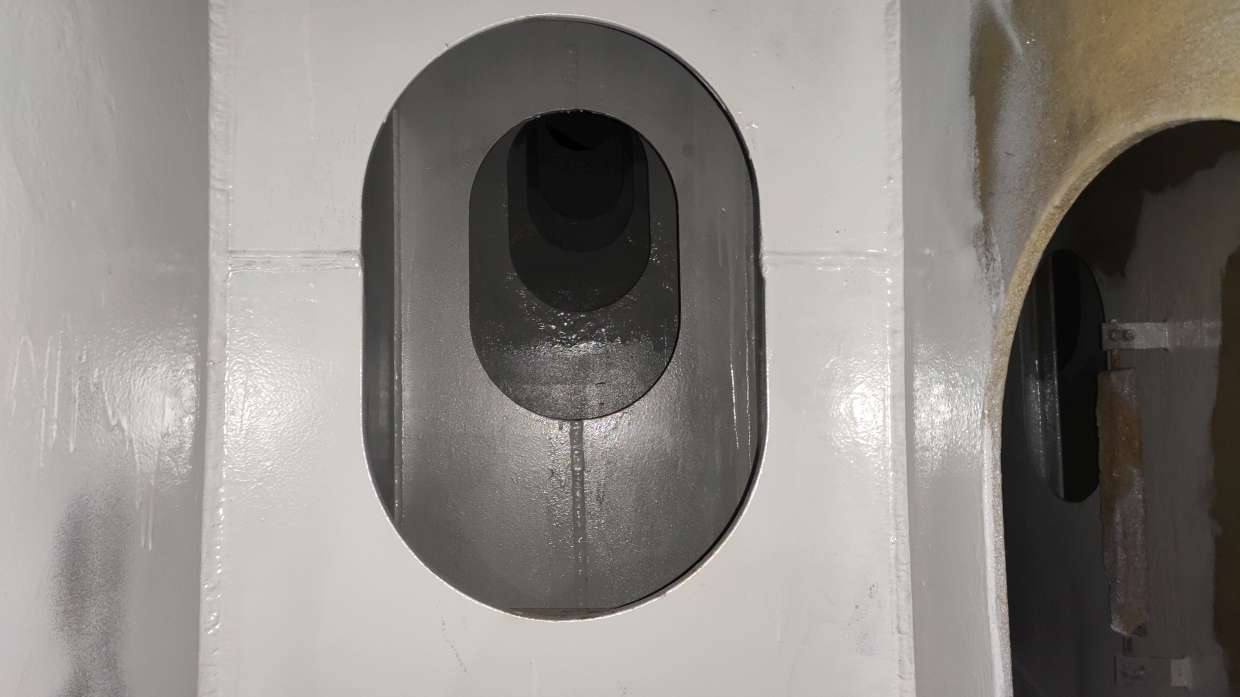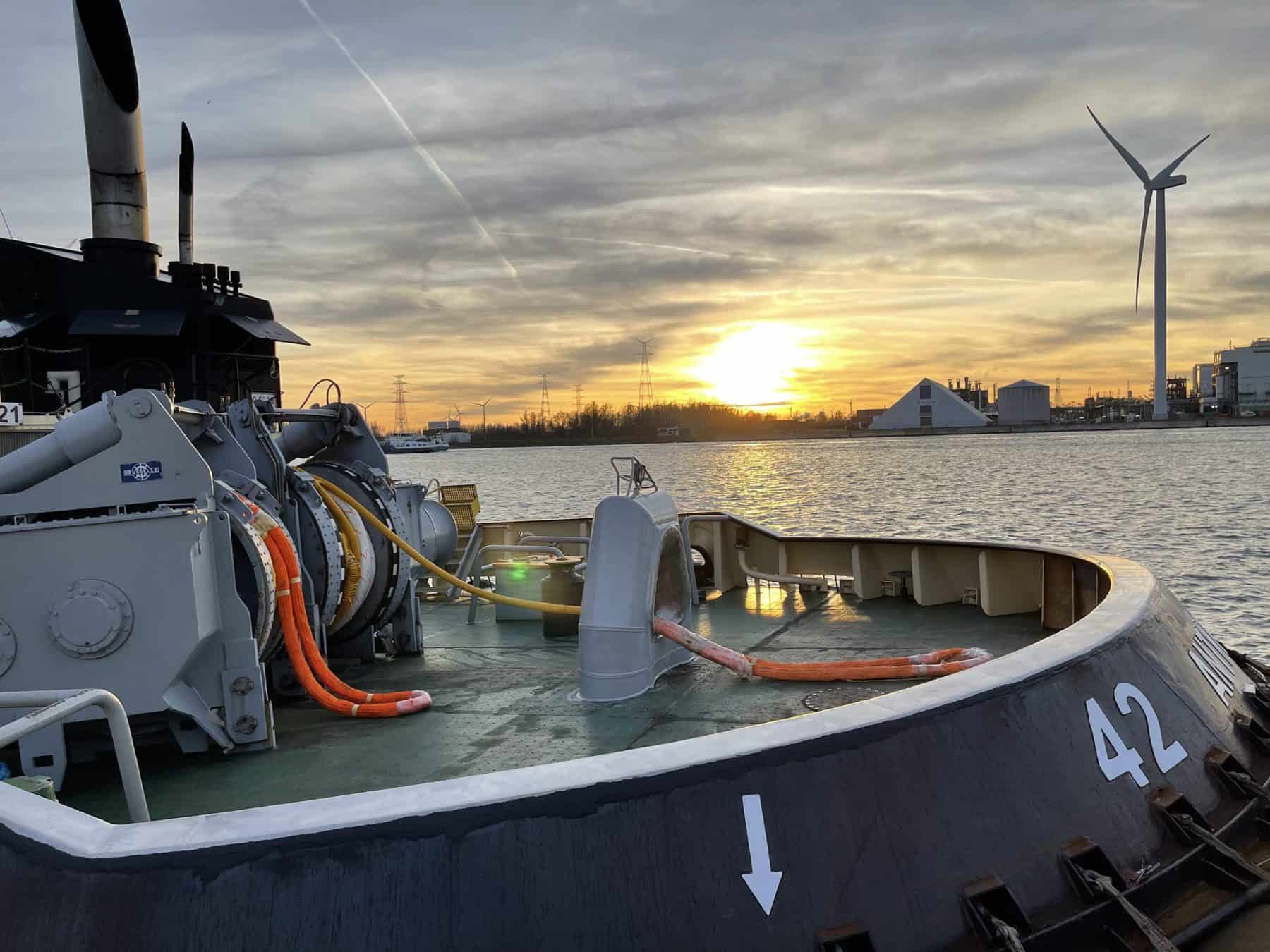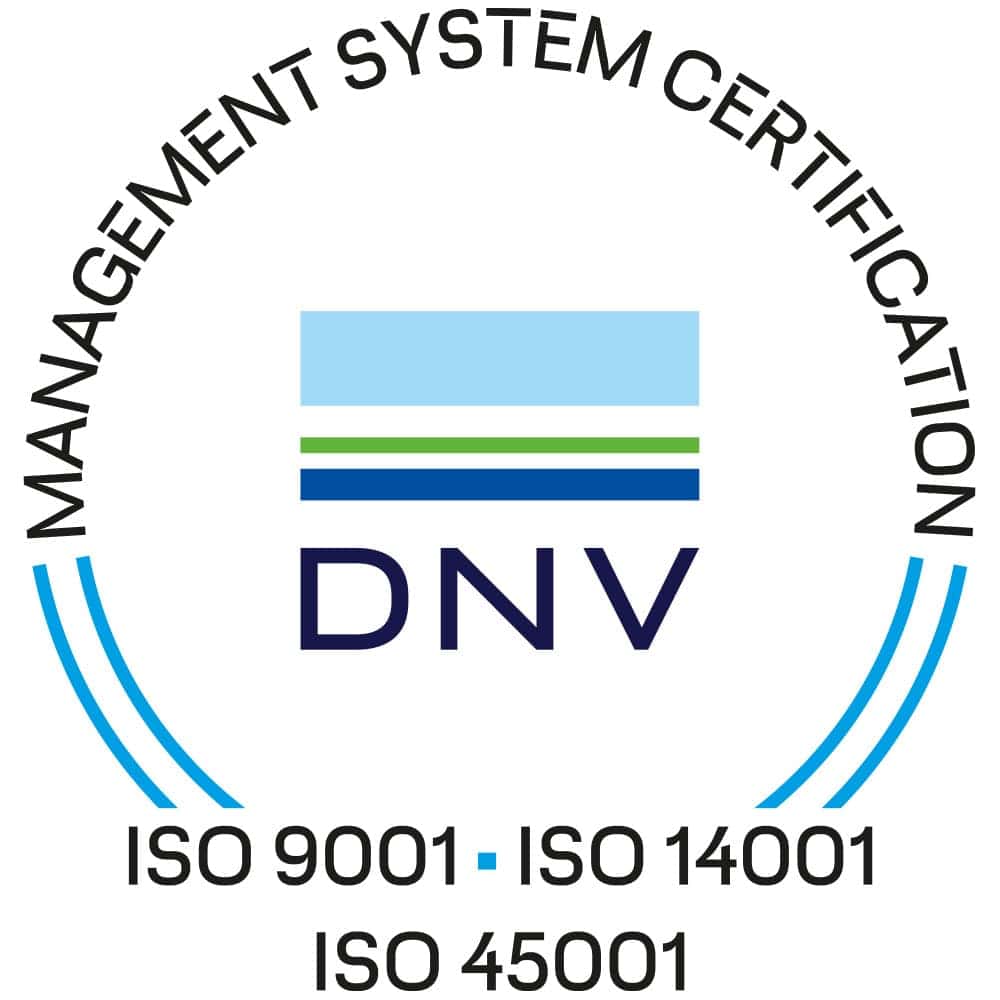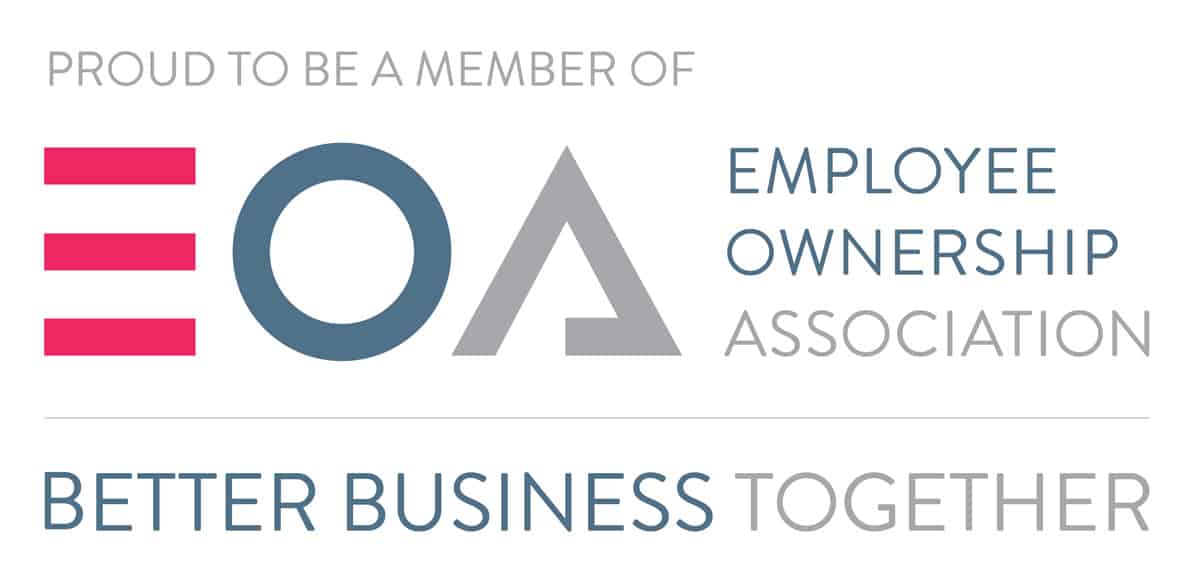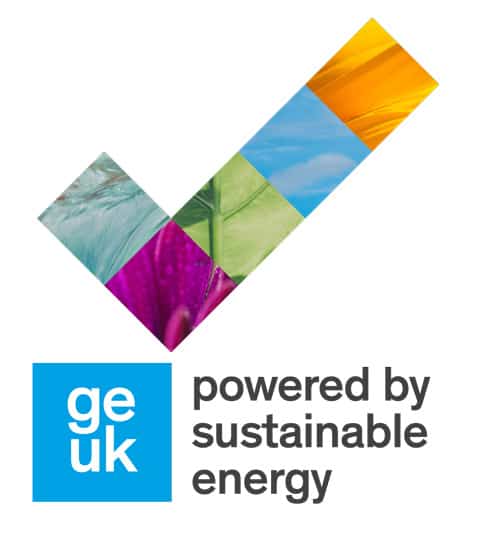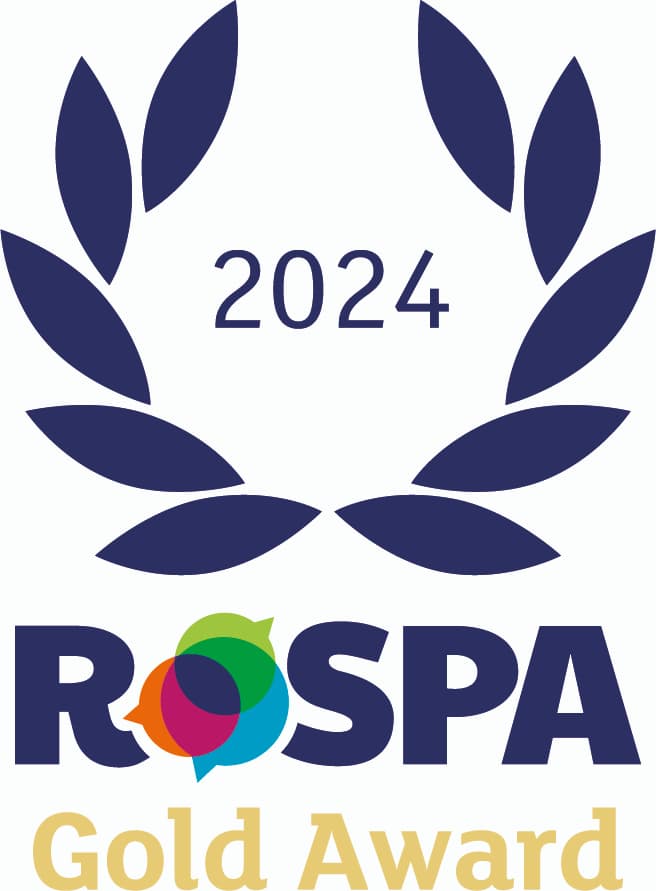CASE STUDY
Ballast Tank Refurbishment
Client: Major Shipping Company
Industry: Marine
Scope: Ballast Tank Refurbishment
Date: July 2017
Location: China
Products: RS 500P
OVERVIEW
The original coating located in the water ballast tanks on-board the crude oil tanker was showing considerable wear & tear damage in the form of corrosion. The tanks therefore had to be refurbished.
CHALLENGE
Grit blasting was not permissible.
Patch repair work was required to be carried out in many areas where accessibility was difficult, and without damaging the intact coating.
SOLUTION
The tanks were water-jetted to WJ-3 standard before one stripe coat and one full coat of solvent-free, wet & rust tolerant epoxy RS 500P was applied.
Vitally, due to the unexpected scale of the project, certain additional areas of the ballast tanks had to be coated in a conventional, solvent-based paint from a different coating manufacturer. This paint was applied using the same surface preparation, shipyard crew and at the same time as Chemco’s RS 500P.
OUTCOME
Despite challenges with insufficient manpower and extreme weather conditions, the project was successfully completed within 3 weeks.
After 1 year in-service (August 2018), the ship management company carried out tank inspections and found a clear difference in quality between the tanks coated by Chemco, and those coated by the separate manufacturer.
The conventional paint system was failing after only 1 year, whereas Chemco’s RS 500P remained in very good condition.
BENEFITS
RS 500P
- Surface Preparation: WJ-3
- Can be applied immediately after surface preparation (no need to dry substrate)
- 100% (Solvent-free)
- No humidity or dew point restrictions
- No extensive dehumidification or ventilation requirements
- No over-coating interval limitations
- Environmentally and applicator friendly process
- No operational shutdown required. Nearby work (including hot work) can continue without disruption
- Ballast after 4-8 hours (can ‘continue to cure’ underwater)
Conventional Paint
- Surface Preparation: WJ-3
- Surface must be completely dry to apply
- 80% Solid
- If humidity is above 85%, do not apply
- Dehumidification and ventilation required at extensive size & cost
- Over-coating intervals: 3 months
- Solvent-based; considerably increases environmental and applicator risk
- All surrounding trades (especially hot work) cannot continue
- Must be allowed to full cure (up to 14 days)

